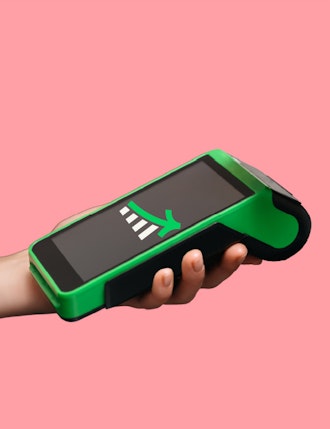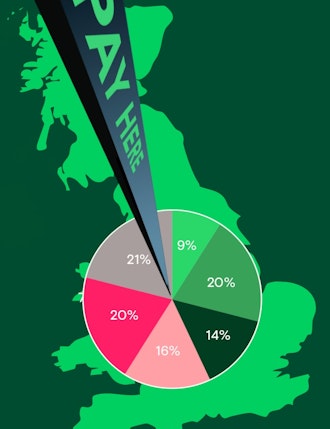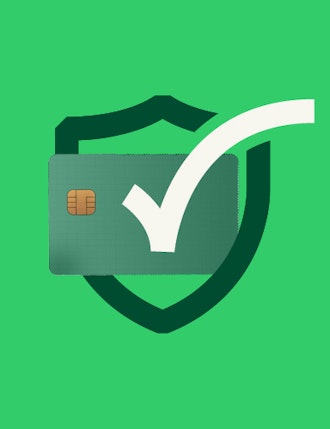It is not breaking news that customer experience is driving change in the payments sector. But what does this mean for merchants, and how can they navigate this changing landscape?
In this new payments era, it is crucial to get closer to the customers needs and wishes. Offer them a transacting experience that stands out in its simplicity. A part of this is offering a variety of payment options to attract and retain customers.
To secure those all important sales, merchants need to improve payments and ensure customer loyalty by removing friction from the transaction experience. They must lay strong foundations to help their businesses be more adaptable for what may come in the future, removing the contraints of legacy infrastructure. There must be flexibility to act, in order to accommodate change and an understanding of data. The recently released Cap Gemini “World Payments Report 2021” paints a picture of a payments world on the brink, and now is the time to take the leap into a software driven future.
It is up to the payment infrastructure providers to enable this change, delivering solutions to remove friction. Enter: the cloud-based payments platform. 45% of executives profitability plans are focused on moving into a platform based business model. A massive 52% are developing innovative propositions and orchestrating an API based ecosystem. Change is on the horizon.
Optimizing the checkout experience
However, convenience store game changers, like those using checkout-free stores such as Amazon, Aldi and Tesco, are still the minority.
A massive 30% of customers still face issues at the checkout.
That’s a lot of dissatisfied customers that may shop elsewhere next time for a smoother experience. We all know the world has passed through a crisis and come out differently the other side. Digital has never been so popular or as accessible as it is now. So where does that leave merchants?
The consumer of today looks a lot different to that of 10 years ago, even before Covid. Despite the difficulties that physical shops experienced through lockdowns, consumers still crave the in-store physical experience they are accustomed to. However, they now expect the physical merchant to provide them with the same level of convenience that they get when they shop online. 80% of shoppers used a mobile phone inside of a physical store to either look up product reviews, compare prices or find alternative store locations (OuterBox).
This illustrates the merging of physical and digital that merchants must be prepared for and accommodate. To do this, their payment providers must offer a solution that can bring the physical and digital side together cohesively. Check out our post on the merging of these, in ‘Phygital payments.‘ We also refer to this merging as holistic, or omnichannel, commerce.
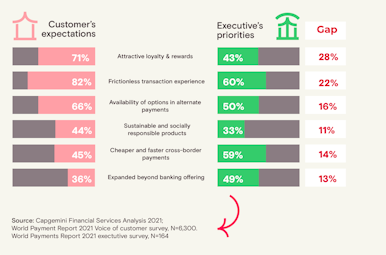
Of the above factors, the largest percentage of customers expect a frictionless transaction experience. This is followed closely by attractive loyalty and rewards.
Enabling merchants to make the most of smartPOS
A cloud-based payments platform can allow merchant acquirers to provide an all-in-one digital solution across channels to their merchants. They can go beyond providing just payments, and secure that seamless commerce experience, combining apps on smart payment devices. Smart payment devices also offer them the opportunity to finally deliver digital flexibility to in-store merchants, respectively providing digital merchants with the opportunity to bring their solution to the real world.
By combining payments and value-added apps and services on smart devices, they turn the point of sale (POS) into a vibrant point of interaction (POI).
The merchant can easily access digital features to enhance the physical environment, including appointment booking, customer relationship management, customized checkout, loyalty, digital receipt, analytics, lending and much more. With value-added apps and services, the merchant can streamline its operations, run its business more efficiently and concentrate on offering that frictionless experience. The merchant gets the best possible experience from its merchant services provider and can in turn deliver a first-class customer service, creating shopping journeys for customers.
The percentage of customers expected to embrace emerging payment methods such as “Buy Now, Pay Later” and invisible payments, is set to skyrocket over the next 1-2 years. Savvy merchants will ensure they are set up for the changing expectations of a consumer. Their payments solution must be future-proof. The combination of value-added services and payments allows the merchant and merchant services provider to capture more data on customers.
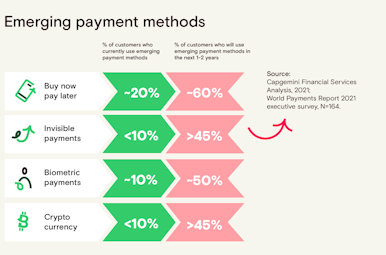
Waving goodbye to complexities
Some of the factors with the biggest impact for executives are maintenance costs of payment infrastructure, potential competition from non-traditional players and digital modernization. All of these can be addressed with a scalable payments platform that will set you up for success. Executives need to align their priorities with those of the customer to compete with the non-traditional players. Their biggest focus area must be ensuring their merchants are set up to offer a seamless transacting experience.
Aevi can take away the complexity of dealing with in-store payments. Run any device on one platform and let us orchestrate the transaction flow across channels.
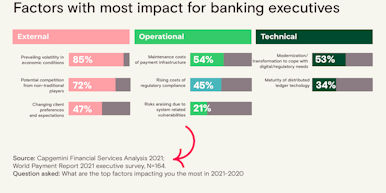
Taking back control
Regardless of the device in play, Aevi runs the device management solution, and payment application – ensuring that all sensitive data is only managed by these solutions. Because of the security architecture around AppFlow (Aevi’s “app-to-app” integration API) every value-added application on the device must declare, up-front, what type of data it wishes to access around the transaction – giving our customers transparency as to what the applications being deployed can and cannot do.
Regardless of the existing security measures on a manufacturer’s device, Aevi’s smartPOS solutions will report on, and ensure that only software authorised by the estate owner and managed by the Aevi Platform is installed on the devices.
Interested in reading more around this subject? Here are some useful articles…





